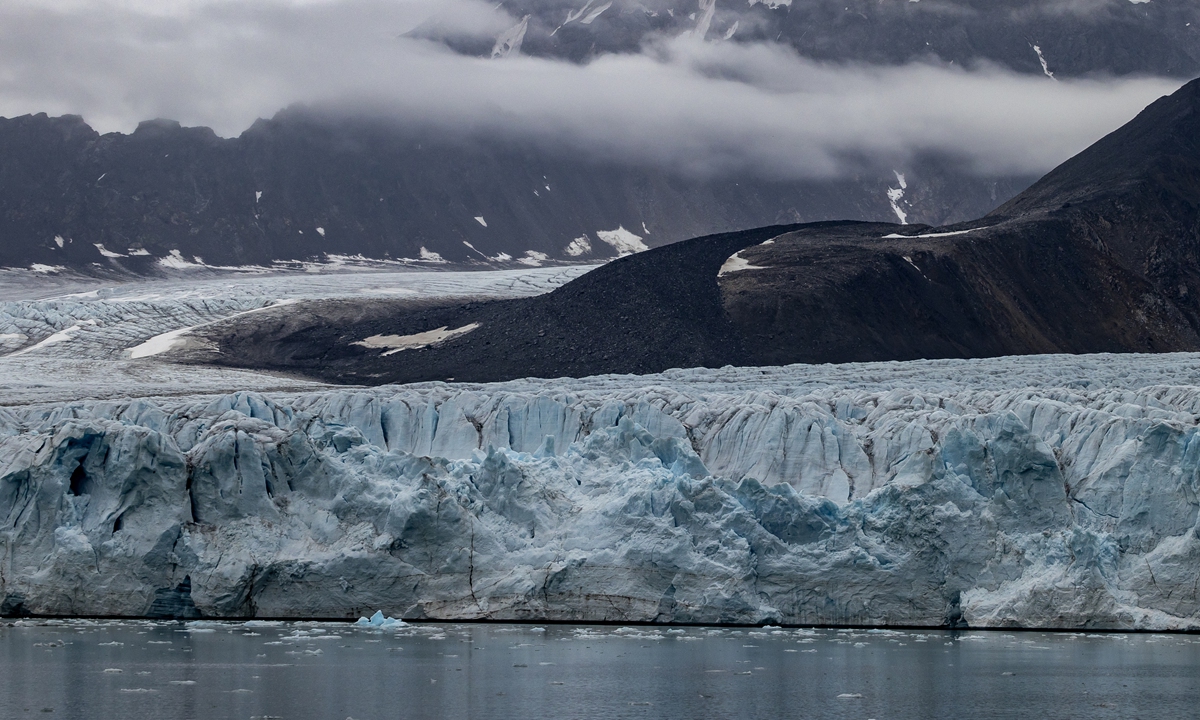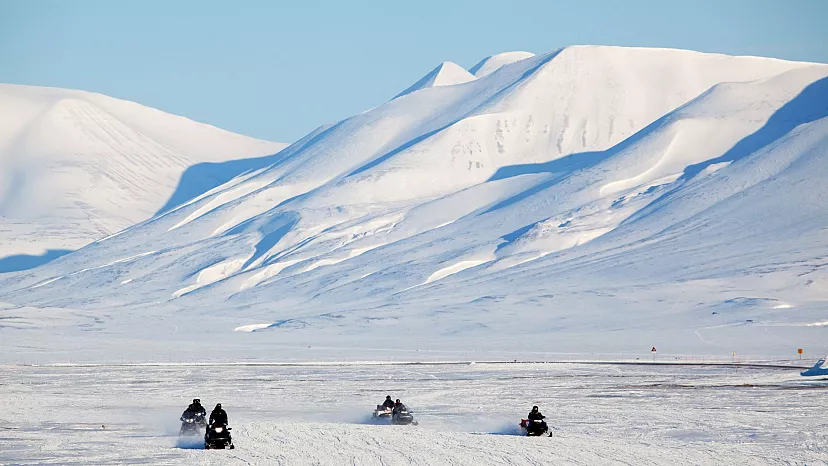With sea ice melting in the summer, the commercial value of the Arctic shipping route is back in the spotlight, which is an important area where China and Russia have potential and should strengthen collaboration.
With the navigation season along Russia’s northern sea route open for business, Russia is testing it with a cargo of crude oil crossing the Arctic Ocean. The shipment is expected to arrive on August 12 at Rizhao, East China’s Shandong Province, according to a media report on Tuesday.
The venture could reduce the maritime distance between Europe and Northeast Asia by 30 percent, compared with the southern sea route through the Suez Canal, according to media reports. Most of Russia’s crude oil exports to China and India go via the long and costly southern sea route.
While Russia’s oil shipments through the Arctic shipping route may be an early experiment, and so far only a handful of commercial vessels use the seasonal northern sea route, there is no denying that climate change has fueled interest in Arctic shipping.
With the increasing value of the oil, gas and waterway resources in the Arctic region, Arctic development has been seen as a new stage of global power competition, involving both political and economic interests of various countries. In particular, there have long been disputes and controversies over Arctic shipping routes.
Moreover, amid the Russia-Ukraine conflict, the Arctic Council, the intergovernmental forum for the region’s governments and indigenous people, has encountered serious geopolitical obstacles, with cooperation stalled for Arctic development.
Nevertheless, China and Russia are still likely to deepen cooperation on the development of Arctic shipping routes, which is also of great economic and strategic significance to China, Russia and even the trade between Asia and Europe.
Cooperation on building an Arctic shipping route between the two countries has been in progress for some time, with a new shipping line project recently launched.
In early July, two Chinese companies opened a new shipping line for container transportation service on the northern sea route, with Russia’s state-owned Rosatom providing information and navigation support, according to Russian media outlets.
If anything, the development indicates that the commercial value of the Arctic shipping routes is being exploited. Also, China’s shipbuilding capacity can meet the needs for protecting the environment along the route and building first-class ice-breaking ships.
While establishing the northern sea route requires substantial investment and long-term efforts in ice-breaking ships and port infrastructure, among other factors, the interest in the route cannot be underestimated.
First, the Arctic routes are among the shortest linking Asia, Europe and North America, which will greatly reduce shipping times and costs, promoting trade and economic development across various continents. Cooperation between China and Russia to build a northern sea route will yield huge benefits for both countries and create the conditions for boosting trade between Europe and Asia.
Second, the opening of the Arctic shipping route has important strategic significance. The US has been taking control of the world’s major transport routes, and it has military bases nearing some key waterways, such as the Changi naval base in Singapore, which is located near the east end of the Strait of Malacca.
China is a major energy importer and a major goods trading country, and a large amount of its oil and gas imports as well as its goods trade need to go by sea. From the perspective of geopolitics, early planning and precaution in terms of the diversification of shipping routes is paramount to China’s economic and trade security. Therefore, China needs to team up with Russia on the development of new shipping routes in the Arctic for their long-term strategic interests.





Your article helped me a lot, is there any more related content? Thanks!